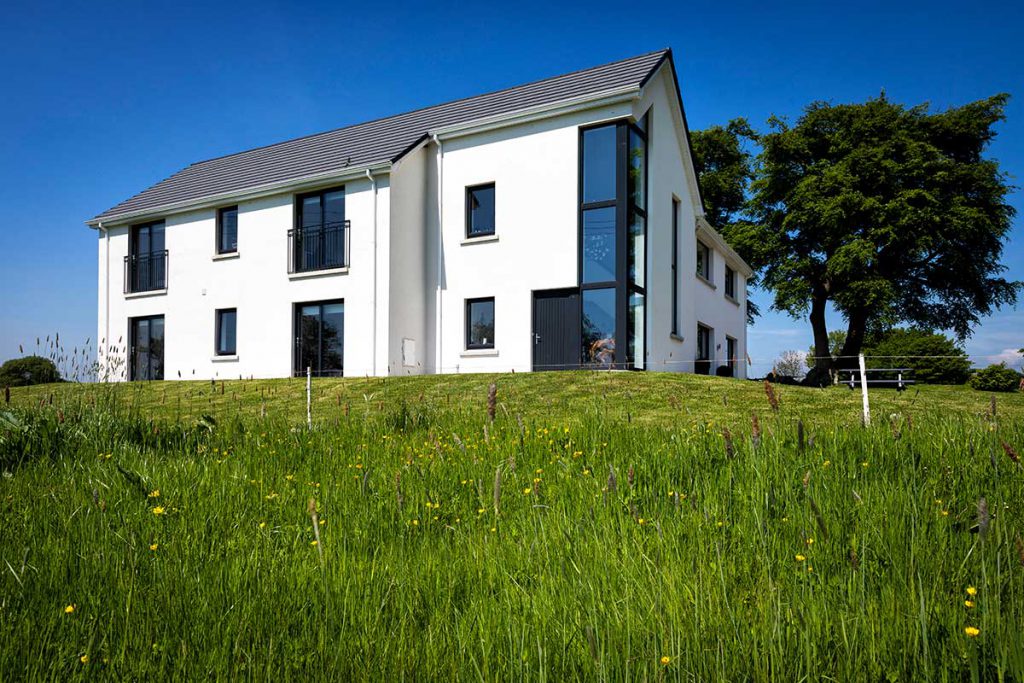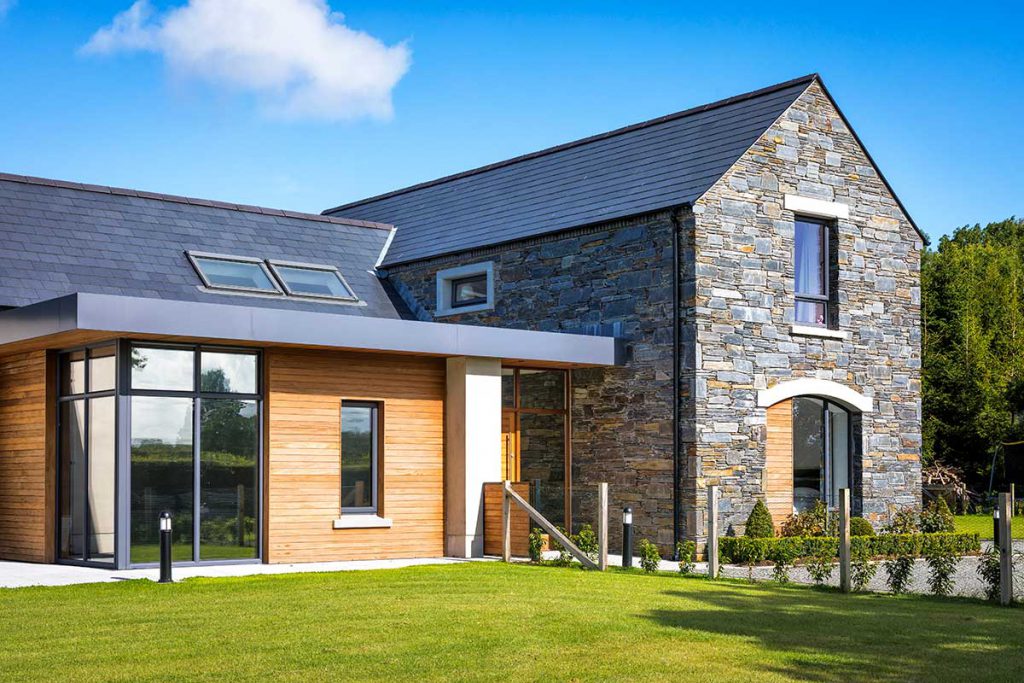The Republic of Ireland’s building sector has undergone significant changes in the context of energy efficiency and ventilation standards.
A Background on Rising Energy Standards
Over the past 15 years, there’s been a steady increase in the energy standards for buildings. This shift has been driven by concerns surrounding climate change and the overarching goal of environmental protection. The 2019 Technical Guidance Documents (TGDs) serve as Ireland’s response to Articles 7 and 9 of the EU’s 2010 Energy Performance of Buildings Directive.
The directive mandates that by 31st December 2020, all new homes constructed within member states should be Nearly Zero Energy Buildings (NZEB). This standard also extends to existing housing stock, which has historically demonstrated suboptimal energy performance.
Key Dates for Compliance
The new standards, encapsulated within Part L and Part F of the TGDs, were enforced starting 1st November 2019. Nonetheless, there are allowances for ongoing projects:
- Projects that commenced before 31st October 2019.
- Projects where planning approval was obtained before 31st October 2019, with significant construction progress made by 31st October 2020.

The Importance of Adhering to the Regulations
Non-compliance can result in costly corrections later on in a project. To mitigate such issues:
- Engage a qualified architect and a Building Energy Rating (BER) assessor early on.
- Your BER assessor will guide you through the DEAP assessments, ensuring your home’s design meets the regulations.
- Perform airtightness tests during construction to ensure compliance.
It’s essential to note that these standards apply to both newly constructed and existing homes.
Definitions to Know
- NZEB: Homes with top-tier energy performance that derive their minimal energy needs mostly from nearby renewable sources.
- DEAP: The Dwelling Energy Assessment Procedure software, overseen by the Sustainable Energy Authority of Ireland, demonstrates compliance with TGD Part L.
- BER: This ranking system assesses building energy efficiency. An A1 rating is the most energy-efficient, whereas G is the least.
- U-value: Indicates heat loss through a building component—the lower the value, the better the energy efficiency.
Renovations and Extensions
Major renovations, defined as projects where over 25% of a building’s thermal envelope is renovated, must now meet specific energy performance standards. The new guidelines also elaborate on how to calculate and categorize major renovation works.

Ensuring Proper Ventilation in Homes
With the focus on NZEB dwellings that are super-insulated and airtight, it’s paramount to ensure proper ventilation to mitigate risks of overheating and poor air quality. As a result:
- Mechanical ventilation systems are becoming more commonplace.
- New regulations stipulate that homes with air permeability less than 3m3/hr/sqm must have mechanical ventilation systems.
Energy Standards for New Homes
Compliance with the new energy standards is determined using the DEAP software. Some new changes in standards include:
- Improved air permeability standards.
- Enhanced U-Value standards for walls, floors, and windows.
- New renewable energy requirements.
Cost Implications
While the average cost increase for constructing a new house adhering to these standards is estimated at 1.9%, factors such as design, commissioning, and unique features can cause variations.
Concluding Thoughts
The revamped Building Regulations, while technical, are vital in guiding Ireland towards a more energy-efficient future. To navigate these complex requirements, seeking expert advice is crucial. Proper adherence ensures not only compliance but the creation of energy-efficient, healthy, and well-ventilated homes.





